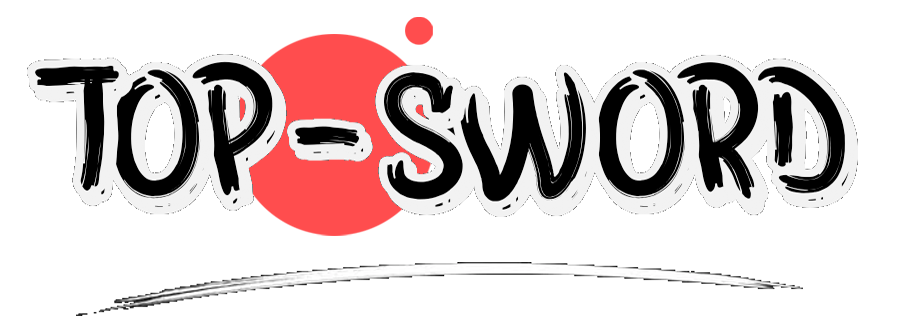The Katana in Japanese Anime: Cultural Semiotics and Visual Storytelling from Rurouni Kenshin to Demon Slayer
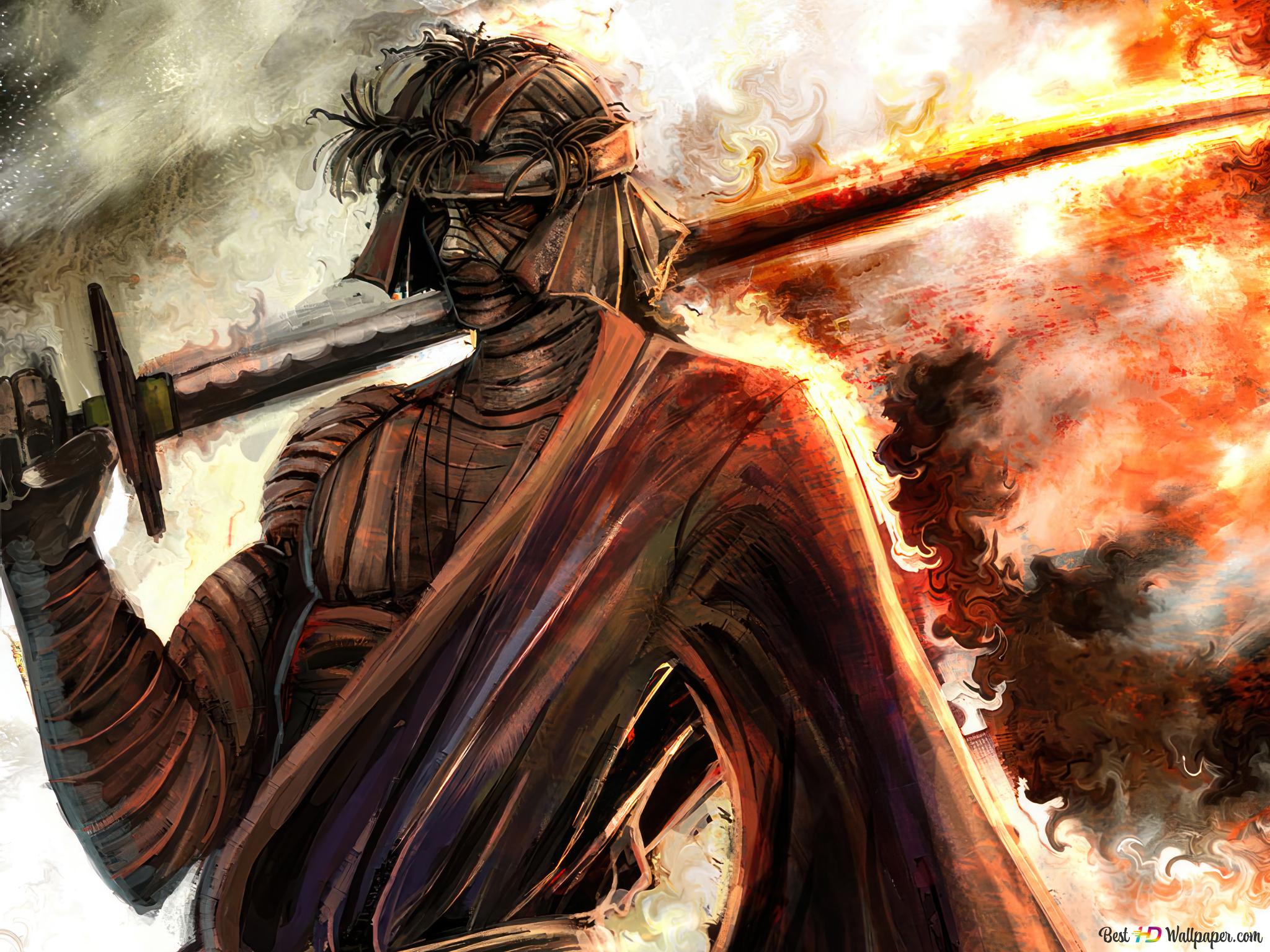
Introduction: The Blade as National Psyche
The katana transcends its historical role as a samurai weapon to become a multifaceted symbol in Japanese anime, embodying cultural identity, philosophical inquiry, and aestheticized violence.
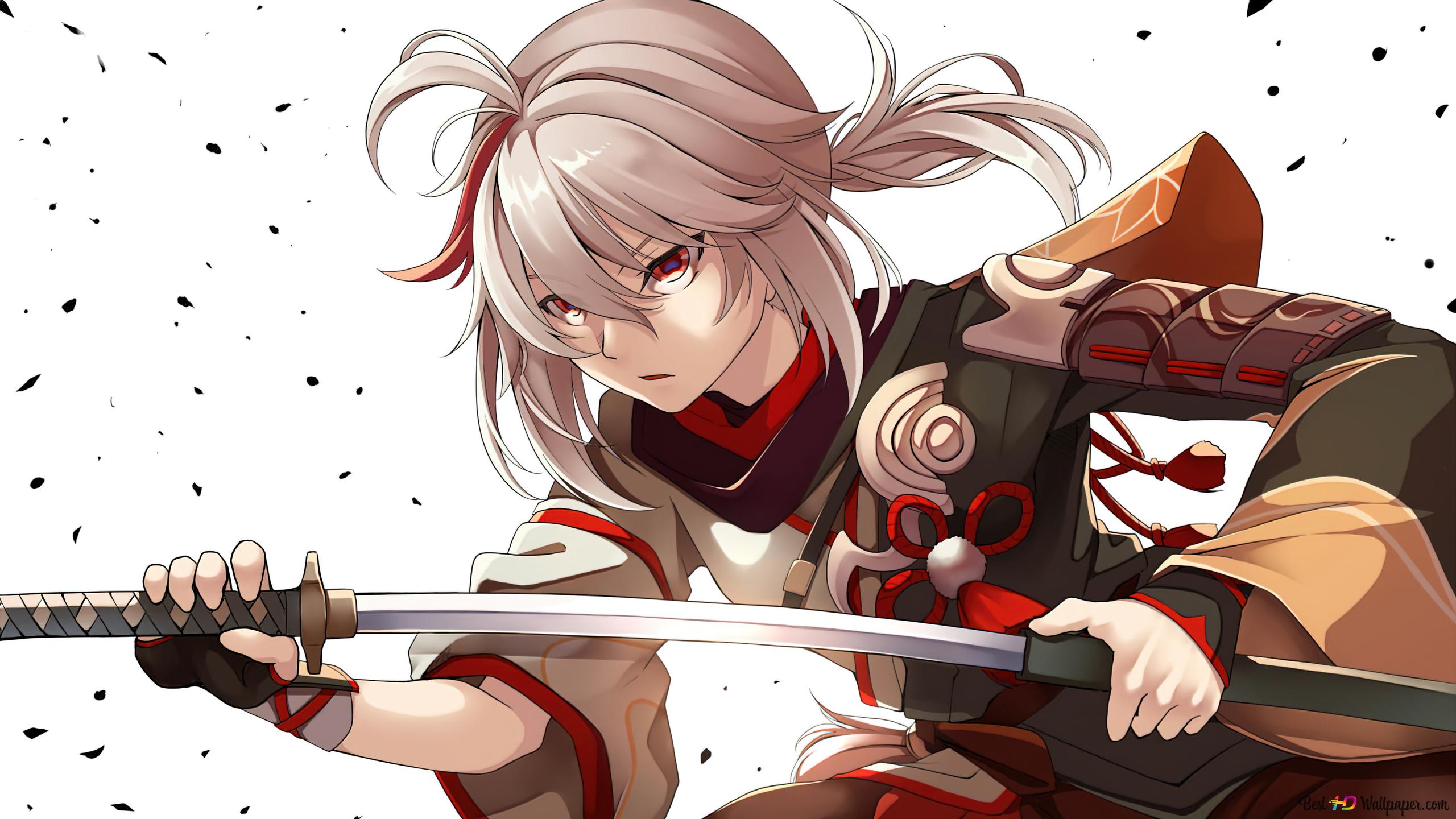
From Osamu Tezuka’s pioneering works to Demon Slayer’s global phenomenon, this curved steel serves as both narrative engine and cultural cipher. This paper analyzes ten landmark anime to decode how katanas evolve from physical tools to metaphysical icons.
Chapter 1: Semiotic Trilogy – Identity, Violence, Redemption
1.1 Embodied Identity
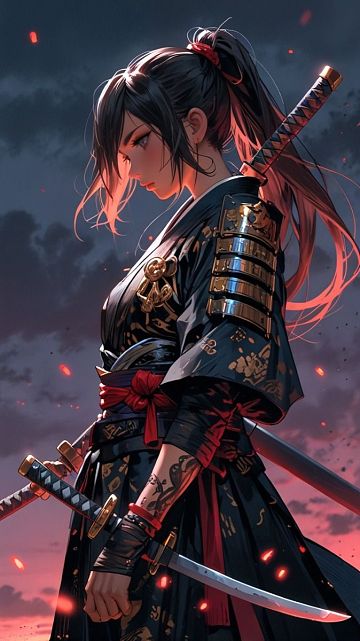
In Rurouni Kenshin (1996), Himura’s reverse-blade sakabato materializes the Bushido principle of "non-killing" through its inward-facing edge. Its clashes with Shishio’s bloodthirsty blade represent ideological warfare between redemption and destruction.
1.2 Ritualized Violence
Samurai Champloo (2004) transforms street fights into balletic spectacles through Mugen’s nodachi and Jin’s tanto. The cherry blossom duel in Episode 18 deconstructs sword violence with slow-motion and jazz.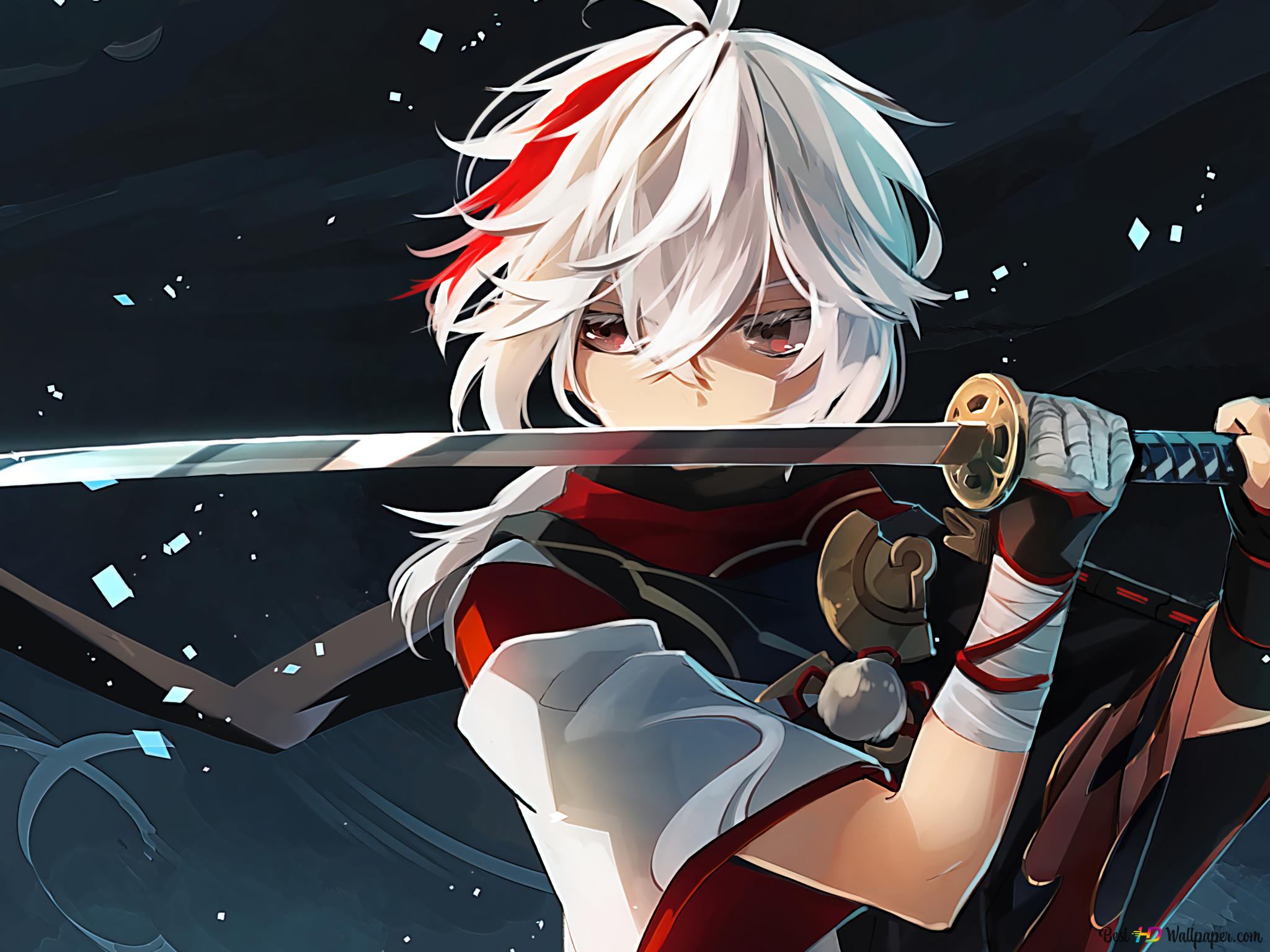
1.3 Modern Anxiety
In Ghost in the Shell (1995), Major Kusanagi’s carbon-fiber katana sparks against cyborg bones, metaphorizing humanity’s struggle against technological alienation – a theme expanded in Blade Runner: Black Lotus (2021).
Chapter 2: Decoding 10 Iconic Katana Scenes
2.1 Rurouni Kenshin: Trust & Betrayal (1999)
Scene: Tomoe’s death imprints a cross-shaped scar via bloodied blade.
Semiotics: The sword becomes a medium of sin and atonement.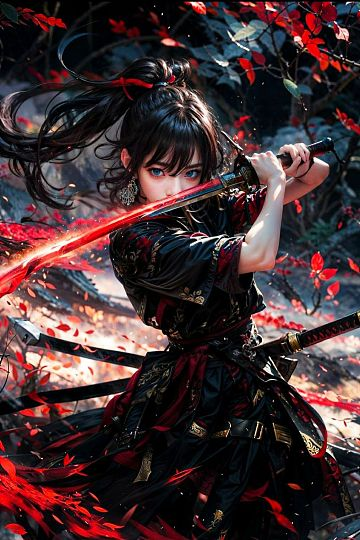
2.2 Demon Slayer: Mugen Train (2020)
Scene: Rengoku’s final "Flame Breathing" slash.
Visual Grammar: Ukiyo-e flames fused with CGI particles reinvent traditional swordsmanship.
2.3 Bleach (2004)
Scene: Ichigo’s Zangetsu transforms into a sheathless broadsword.
Hybridity: Merging katana with claymore reflects globalization’s cultural blending.
2.4 Gintama (2006)
Scene: Gintoki splitting a meteor with wooden sword.
Deconstruction: Absurdist humor demystifies the katana’s sanctity.
2.5 Inuyasha (2000)
Scene: Tessaiga’s rust-to-fang metamorphosis.
Mono-no-aware: Blade states mirror emotional arcs, embodying Japanese pathos.
2.6 Touken Ranbu (2015)
Scene: Mikazuki Munechika’s crescent-moon slash.
Moe Strategy: Historic swords reimagined as bishōnen fuel otaku consumption.
2.7 Cowboy Bebop (1998)
Scene: Spike’s katana vs. Vicious’ mantis blades.
Genre Fusion: Samurai duels injected into sci-fi westerns create cross-cultural spectacles.
2.8 Basilisk (2005)
Scene: Tenzen’s immortal flesh vs. Gennosuke’s iaijutsu.
Body Politics: Steel versus regeneration debates violence and mortality.
2.9 Sword of the Stranger (2007)
Scene: Broken blade through heart climax.
Animation Physics: Yutaka Nakamura’s genius converts live-action choreography into 2D marvels.
2.10 Ninja Scroll (1993)
Scene: Jubei beheading Ryūkotsusei with cursed blade.
Cel Aesthetics: Hand-painted glare and blood mist set 90s violence standards.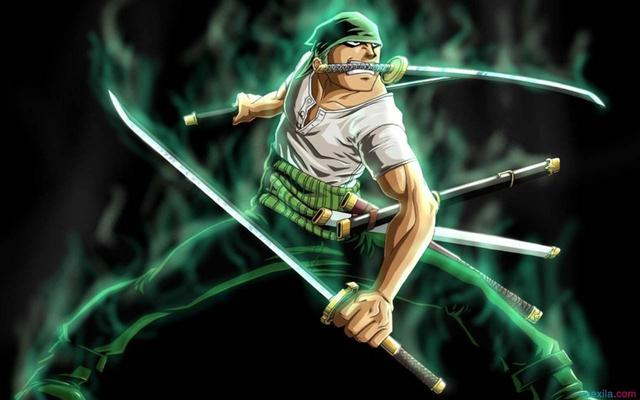
Chapter 3: Directorial Alchemy – Four Cinematic Strategies
3.1 Spatial Division
In Ghost in the Shell, blade arcs segment frames into dynamic compositions.
3.2 Temporal Deconstruction
Samurai Champloo synchronizes sword clangs with jazz drumming, remixing combat rhythms.
3.3 Color Semiotics
Demon Slayer codes breathing techniques through hues: indigo for calm, crimson for rage.
3.4 Camera Subjectivity
Satoshi Kon’s blade-POV shots in Paprika (2006) achieve weaponized perspective shifts.
Chapter 4: Katana in Cultural Industry – From National Icon to Global Commodity
4.1 Consumerism Surge
Touken Ranbu boosted katana registrations from 20,000 (2014) to 120,000 (2020), 70% bought by women aged 20-35.
4.2 Cross-Cultural Misreading
Hollywood’s Kill Bill fetishizes Hattori Hanzō steel as Orientalist trophy.
4.3 Digital Reincarnation
Games like Sekiro translate anime swordplay into interactive motion-captured experiences.
Conclusion: The Eternal Unsheathed Blade
The katana’s anime evolution mirrors Japan’s ongoing dialogue between tradition and modernity. When Demon Slayer’s Tanjiro wields Taisho-era blades with 21st-century digital brushes, this millennia-old weapon continues inscribing new cultural myths.
SEO Strategy
Title (Under 300 Characters)
"Katana in Anime: How Japanese Directors Forge Cultural Identity from Rurouni Kenshin to Demon Slayer | Scene Breakdown & Symbolism"
Meta Description (Under 500 Characters)
Explore the katana’s role in 10 landmark anime (Bleach, Ghost in the Shell, Demon Slayer). Analyze sword semiotics, directorial techniques (slow-motion, color coding), and global commodification. Essential for anime scholars, cultural theorists, and sword enthusiasts.
